Coax_Lightning_Protection_Basics.pdf
You probably want lightning protection for your coax connection to your communication equipment.
A lightning strike in the area can create a potential difference between the center conductor and the cable shielding which will transfer high voltage differential and damaging current flow through your equipment. This can destroy the expensive communication equipment.
For a small price, you can install a lightning protector to protect your equipment. First let’s talk about the basics of what you look for when to select the right lightning protection for your application:
- All lightning protectors have a frequency range that it will protect. With this lightning protector, it has a range of 698 MHz–2.7 GHz.
- Connectors for in and out
The most common is N female on the input side and on the output side. They are available in various connectors like N female, N male, TNC, and more. In some cases, the lightning protector has a bi-directional flow so it is reversible. - DC Block vs DC Pass lightning protectors
DC Pass is for applications that require power to be supplied to the tower by the antenna. This power is a lower voltage DC power allowed to pass through the center pin. DC Block will not pass through any voltage through the center pin. Therefore, it will not allow power to be provide though the coax cable for powering equipment. - Technology type
Most coax lightning protectors use “Gas Tube” technology.
- Gas Tube: Is reliable for not allowing the surges to pass through and damage the equipment.
- Does degrade over time depending on number and magnitude of surges. Typically, may last 5 years or a little more before need to replace it.
- Problem is you don’t know when it has degraded and might fail.
- Another problem is that the gas tube protector can get a static electricity build up that can discharge and damage your equipment.
- Coil Inductor: Coil inductor is a newer technology that also is an excellent protector of equipment from lightning surges or strikes.
- Does not degrade over time and only fails with a direct or significant lightning strike so you know it is still good.
- Does not get a static build up and release.
- The coil inductor protectors typically cost 30–40% more but give us some significant advantages including longer lasting lifetime protection or until you have a direct strike.
- Peace of mind they are still protecting our equipment over time. No worries about static electricity build up and release. Here are a couple of examples of the lightning protectors.
- Here we have Polyphaser brand protectors. We have the ISB-50LN-C2 which is gas tube technology and the TSX-NFF which is coil inductor technology.
- Bulkhead Mount – Flange Mount Grounding when connection to metallic enclosure
- Mfg. recommended additional grounding with 10-gauge ground wire from protector to ground. Connection to antenna and radio.
Coax lighting protection is very important for protecting your sensitive and expensive communication equipment from all surges that affect the coax cable.
Transcript:
[0m:4s] Hi I'm Josh Bloom, welcome to another video in the RSP Supply education series. Today we're going to be talking about Lightning protection for coax connected devices. It's going to be a good idea to use this type of protection because lightning strikes can supply high voltage through our coax cables, damaging expensive equipment in our panels. For a small price we can install Lightning protection and any control panel. Let's talk about some of the basic things we might look for when we're selecting the type of lightning protection we want.
[0m:32s] All Lightning protectors offer a specific frequency range that they actually protect against. So what we want to think about this when selecting the type of protector we need. For example, this protector offers 698 megahertz all the way up to 2.7 gigahertz of protection. The next thing we want to take into consideration is the actual connection type on the connector itself. The most common connector is end female, however, you can find end male, TNC or many other different types of connections. In some cases the protector offers bidirectional protection so we can reverse the input and output.
[1m:6s] The next thing we want to look at is whether we want to use DC pass versus DC block type protectors. What this means is if we needed power up at our antenna tower to power a particular device, we would use a DC pass type protector. This allows low voltage current to pass through the center pin of the coax cable to power whatever device we need at the antenna tower. If we do not need any power up at our antenna tower, we would use a DC block, which would not allow any current to pass through the center pin of a coax connector.
[1m:38s] The next thing we want to think about when selecting lightning protection is what type of technology you want to use. Now, the most common type of technology is gas tube protection. This is the most cost effective and common type of lightning protection that we use today. It is a very reliable form of protection in that it does not allow surges to pass through and damage expensive equipment in our panel.
[2m:0s] However, it can be great over time depending on the frequency and magnitude of the surges it sees.
[2m:6s] In most cases, it will last about five years, maybe a little bit more, before we need to replace it.
[2m:11s] One thing to consider with gas tube protectors is they can build up static electricity over time, and if that static electricity discharges, it can damage equipment within your panel.
[2m:21s] The next type of technology we want to talk about is referred to as coil inductors. This offers very reliable protection against lightning strikes and heavy surges.
[2m:30s] Also, it does not degrade over time like the gas tube type protectors. Coil inductor protectors do not degrade over time, unlike the gas tube type protectors. They only need replacement with significant lightning strikes. Also there's no threat of static buildup with a coil inductor protector. The only real disadvantage to using coil inductor technology is cost. Typically, they are about 30 to 40% more expensive than gas tube technology. However, the peace of mind you get from knowing that it offers protection over a long period of time without degradation and knowing that there's no threat of static buildup, it might be the best choice.
[3m:5s] Now, that we've talked about some things we want to consider when selecting the right type of lightning protection. Let's talk about how we mount Lightning protection.
[3m:12s] Here we have a lightning protector that is designed for bulkhead mount. The advantage of using a bulkhead mount is it simply allows us to drill a hole through our enclosure. At that point, we insert the protector through that hole. What that will do is allow the rubber gasket on the bottom of the protector to seat against our enclosure giving us water protection.
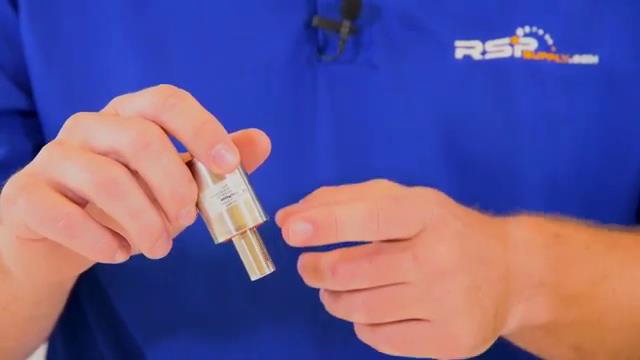
[3m:32s] At that point, we use the lock nut to secure the protector on the outside of the enclosure.
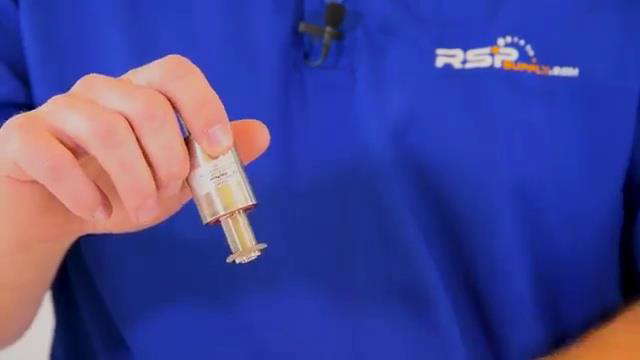
[3m:38s] Next, we have a flange mount style protector. Flange amount is typically but not limited to indoor connections. It simply allows us to mount the protector to the side of an enclosure or a wall but does not provide any kind of waterproofing for the connection itself.
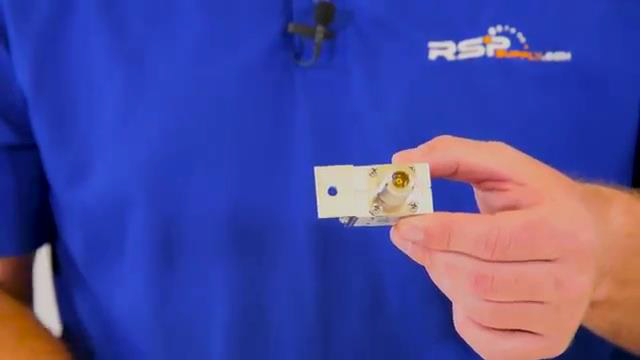
[3m:55s] Now that we know how to mount the protection, let's talk about how we actually make the connections from the protector to our radio and our antenna. Let me demonstrate. First,
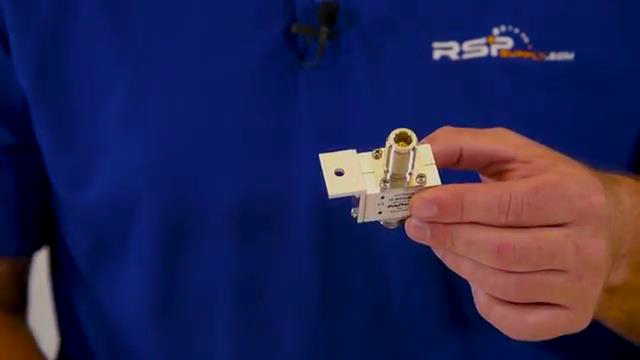
[4m:4s] we take a jumper cable from our communication device, in this case our radio,
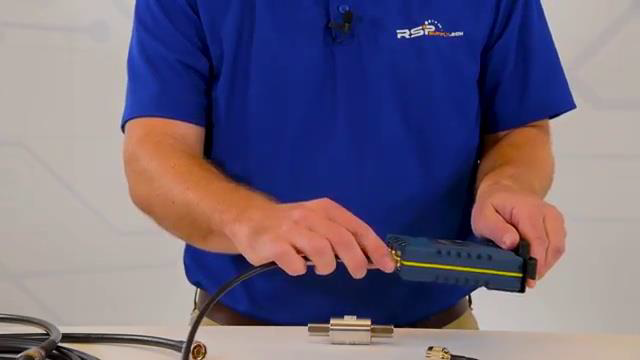
[4m:10s] and we connect the jumper to our radio.
[4m:12s] Once we've made that connection, we then hook it to our Lightning protector.
[4m:19s] At this point, we will take our antenna cable which will be mounted up on our tower with a long cable coming down to our enclosure.
[4m:26s] We will make the connection to our Lightning protector which will be on the outside of the enclosure,
[4m:31s] and it's that simple. We've made all the necessary connections.
[4m:35s] For a full line of lightning protectors or thousands of other products, please go to our website. For more information or other educational videos, go to RSPSupply.com, the Internet's top source for industrial hardware. Also, don't forget: like and subscribe.


